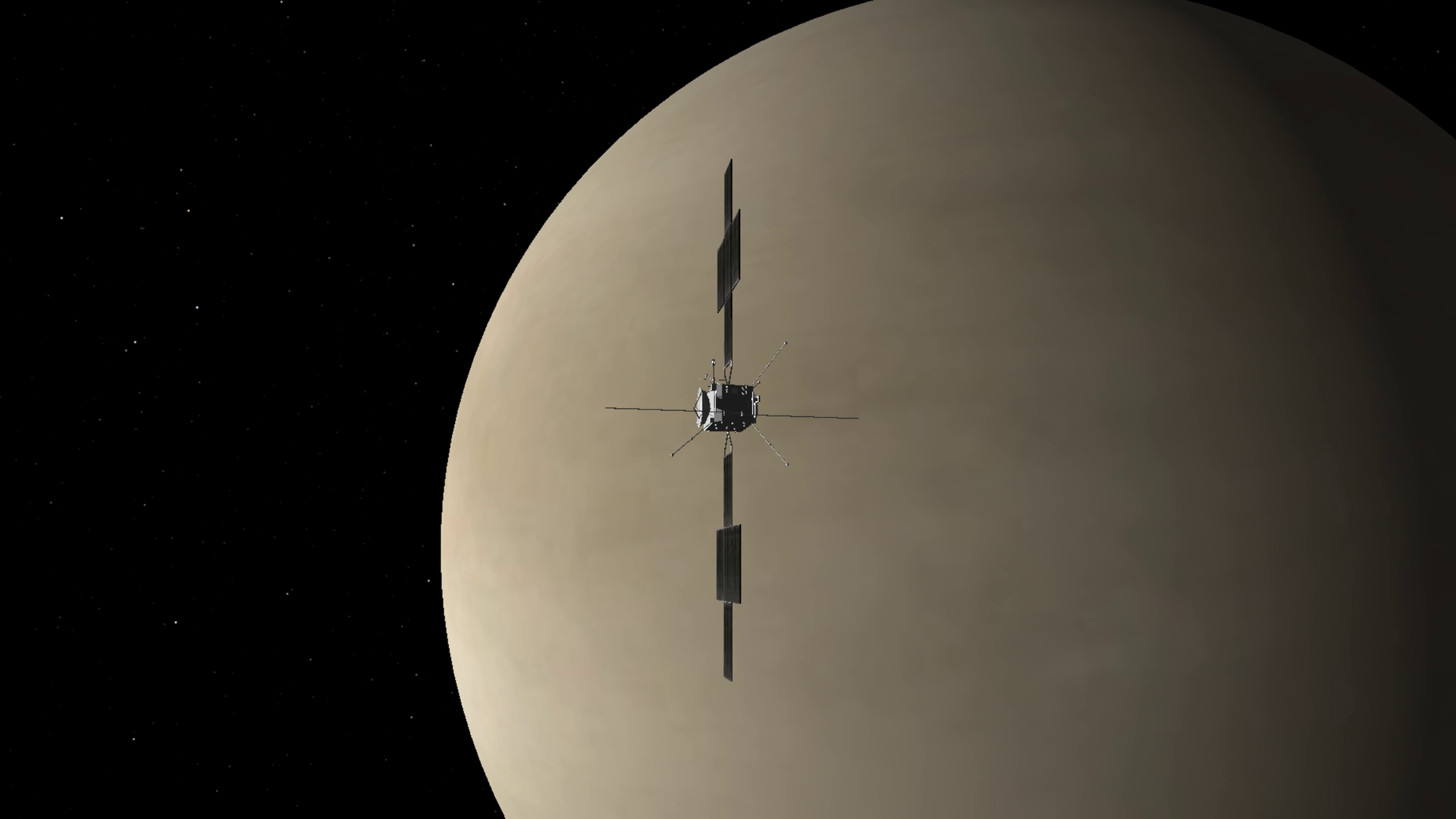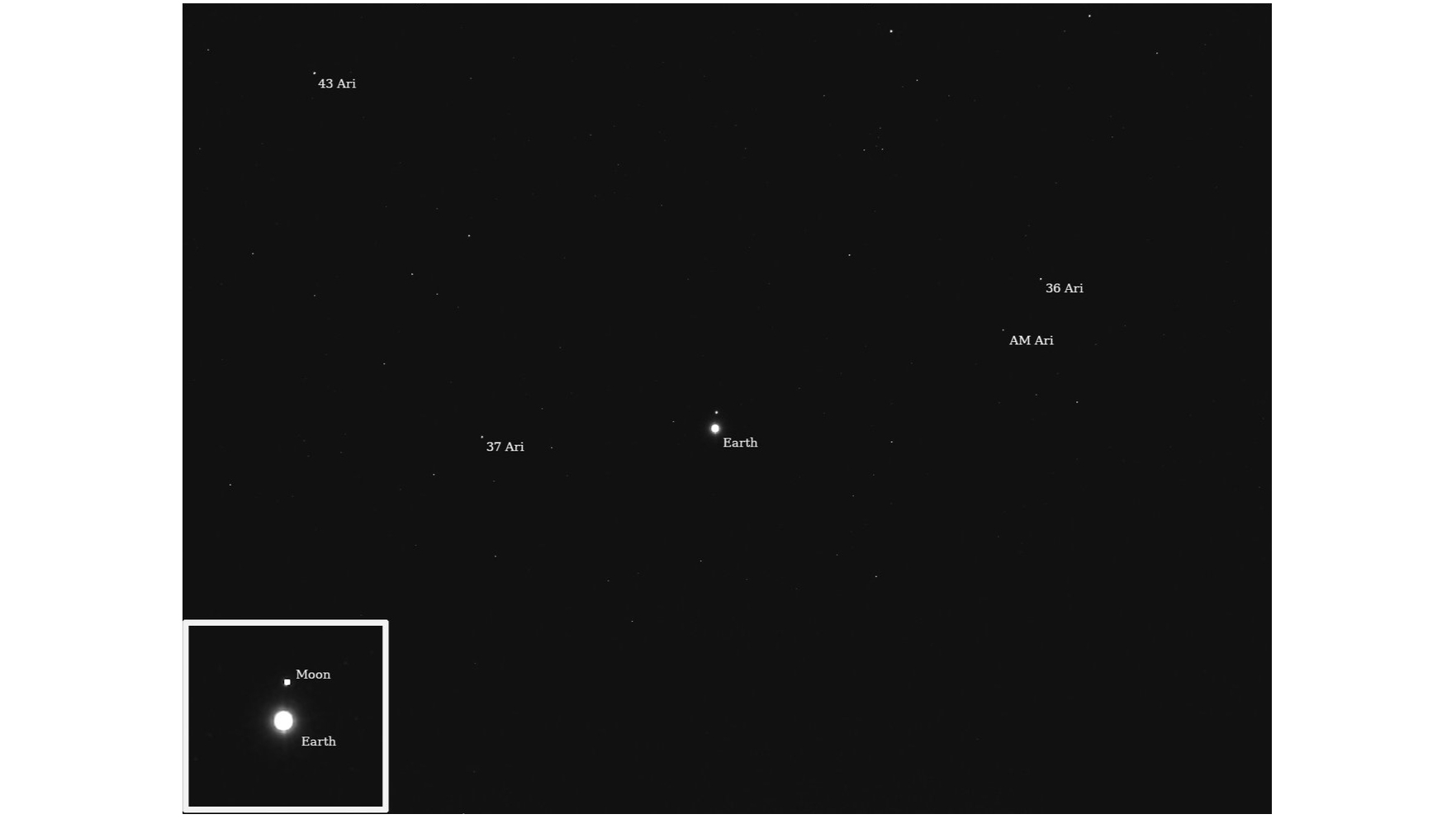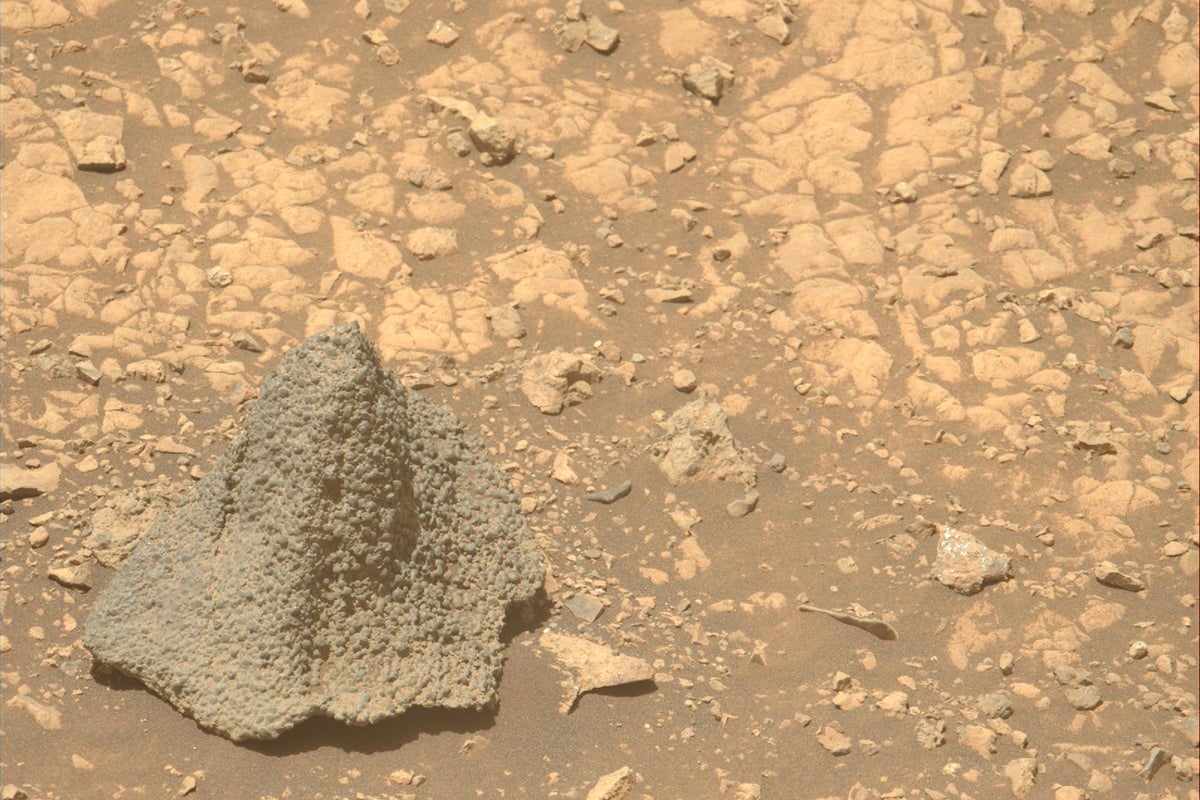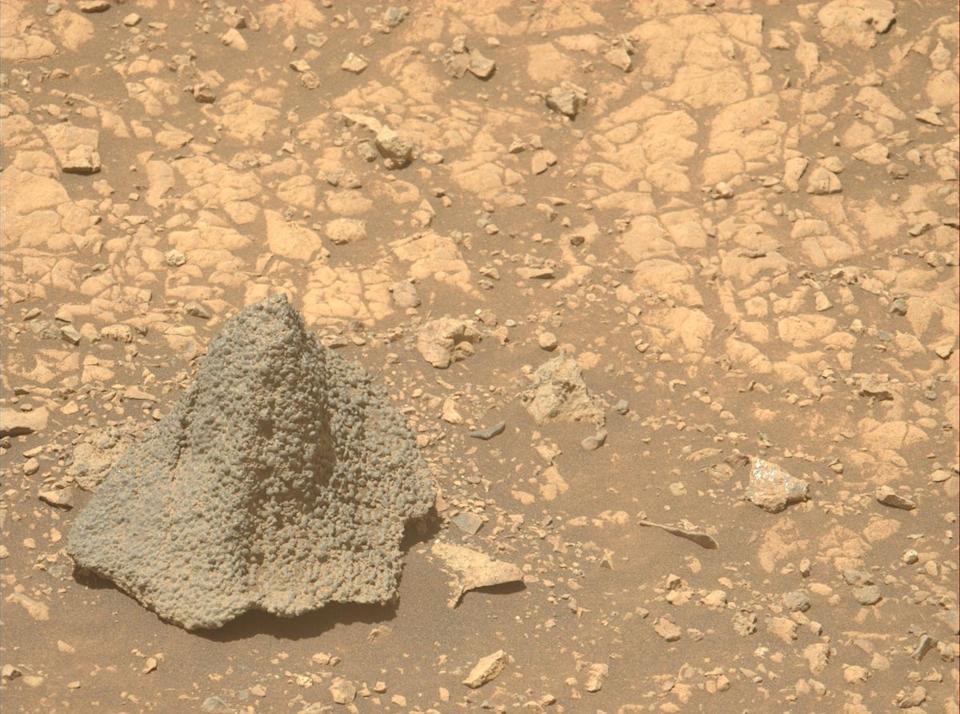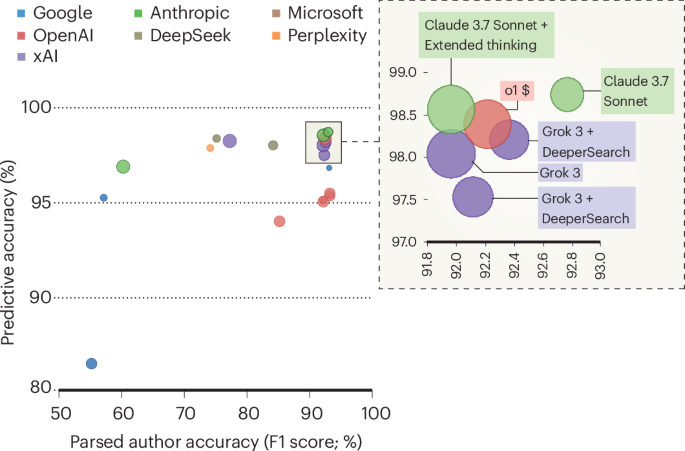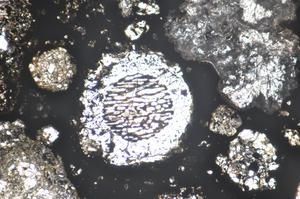Crosta, A. P., Filho, D., Azevedo, F. B. & C. and Targeting key alteration mineral in epithermal deposits in patagonia, argentin, using ASTER imagery and principal component analysis. Int. J. Remote Sens. 24, 4233–4240. https://doi.org/10.1080/0143116031000152291 (2003).
Article
Google Scholar
Fernandes da Silva, P. C., Cripps, J. C. & Wise, S. M. The use of remote sensing techniques and empirical tectonic models for inference of geological structures: bridging from regional to local scales. Remote Sens. Environ. 96, 18–36. https://doi.org/10.1016/j.rse.2005.01.007 (2005).
Article
ADS
Google Scholar
Abd El-Wahed, M. A., Lebda, E. M., Ali, K. A., Kamh, S. & Attia, M. The structural geometry and metamorphic evolution of the Umm Gheig shear belt, central Eastern desert, egypt: implications for exhumation of Sibai core complex during oblique transpression. Arab. J. Geosci. 12, 1–31. https://doi.org/10.1007/s12517-019-4760-y (2019).
Article
Google Scholar
Abd El-Wahed, M., Zoheir, B., Pour, A. B. & Kamh, S. Shear-related gold ores in the Wadi Hodein shear belt, South Eastern desert of egypt: analysis of remote sensing, field and structural data. Minerals 11, 474. https://doi.org/10.3390/min11050474 (2021).
Article
ADS
Google Scholar
Abd El-Wahed, M. et al. Multisensor satellite data and field studies for unravelling the structural evolution and gold metallogeny of the Gerf Ophiolitic Nappe, Eastern Desert, Egypt. Remote Sens (Basel) 15, 1974. (2023) https://doi.org/10.3390/rs15081974
Mahdi, A. M., Eldosouky, A. M., Khateeb, E., Youssef, S. O., Saad, A. A. & A. M. & Integration of remote sensing and geophysical data for the extraction of hydrothermal alteration zones and lineaments; Gabal Shilman basement area, southeastern desert, Egypt. J. Afr. Earth Sc. 194, 104640. https://doi.org/10.1016/j.jafrearsci.2022.104640 (2022).
Article
Google Scholar
Pour, A. B. et al. 2 – Remote sensing for mineral exploration. in Geospatial Analysis Applied to Mineral Exploration (eds. Pour, A. B., Parsa, M. & Eldosouky, A. M.) 17–149 (Elsevier, 2023). https://doi.org/10.1016/B978-0-323-95608-6.00002-0
Abd El-Wahed, M. A., Kassem, O. M. K., Abudeif, A. M., Abdelhameed, M. & Attia, M. The structures control the evolution of molasse basins and alteration zones occurrences in the Northwestern sector of the central Eastern desert of Egypt. Discover Geoscience. 2, 23. https://doi.org/10.1007/s44288-024-00028-y (2024).
Article
Google Scholar
Pour, A. B. et al. Application of multi-sensor satellite data for exploration of Zn-Pb sulfide mineralization in the Franklinian basin, North Greenland. Remote Sens. 10, 1186. https://doi.org/10.3390/rs10081186 (2018).
Article
ADS
Google Scholar
Pour, A. B., Zoheir, B., Pradhan, B. & Hashim, M. Editorial for the special issue: Multispectral and hyperspectral remote sensing data for mineral exploration and environmental monitoring of mined areas. Remote Sensing vol. 13 519 Preprint at (2021). https://doi.org/10.3390/rs13030519
Zoheir, B., Emam, A., Abd El-Wahed, M. & Soliman, N. Gold endowment in the evolution of the Allaqi-Heiani suture, egypt: A synthesis of geological, structural, and space-borne imagery data. Ore Geol. Rev. 110, 102938. https://doi.org/10.1016/j.oregeorev.2019.102938 (2019).
Article
Google Scholar
Bencharef, M. H., Eldosouky, A. M., Zamzam, S. & Boubaya, D. Polymetallic mineralization prospectivity modelling using multi-geospatial data in logistic regression: the diapiric zone, Northeastern Algeria. Geocarto Int. 37, 15392–15427. https://doi.org/10.1080/10106049.2022.2097481 (2022).
Article
ADS
Google Scholar
Alarifi, S. S. et al. Remote sensing and aeromagnetic mapping for unveiling mineralization potential: Nuqrah Area, Saudi Arabia. Geomech Geophys Geo-energ Geo-Resour 10: 149. Preprint at https://doi.org/10.1007/s40948-024-00844-z (2024).
Eldosouky, A. M., Eleraki, M., Mansour, A., Saada, S. A. & Zamzam, S. Geological controls of mineralization occurrences in the Egyptian Eastern desert using advanced integration of remote sensing and magnetic data. Sci. Rep. 14, 1–24. https://doi.org/10.1038/s41598-024-66924-y (2024).
Article
Google Scholar
Eldosouky, A. M., Othman, A., Saada, S. A. & Zamzam, S. A new vector for mapping gold mineralization potential and proposed pathways in highly weathered basement rocks using multispectral, radar, and magnetic data in random forest algorithm. Nat. Resour. Res. 33, 23–50. https://doi.org/10.1007/s11053-023-10292-3 (2024).
Article
Google Scholar
Abd El-Wahed, M. & Attia, M. Transpressional inversion and fold superimposition in the Southern Eastern desert of egypt, East African orogenic belt. J. Geol. Soc. Lond. 182, jgs2024–jgs2235. https://doi.org/10.1144/jgs2024-235 (2025).
Article
Google Scholar
Saada, S. A. et al. New insights into the contribution of gravity data for mapping the lithospheric architecture. J. King Saud Univ. Sci. 33, 101400. https://doi.org/10.1016/j.jksus.2021.101400 (2021).
Article
Google Scholar
Ekwok, S. E. et al. Application of the enhanced horizontal gradient amplitude (EHGA) filter in mapping of geological structures involving magnetic data in Southeast Nigeria. J. King Saud University-Science. 34, 102288. https://doi.org/10.1016/j.jksus.2022.102288 (2022).
Article
Google Scholar
Eldosouky, A. M. et al. Delineation of structural lineaments of Southeast Nigeria using high resolution aeromagnetic data. Open. Geosci. 14, 331–340. https://doi.org/10.1515/geo-2022-0360 (2022).
Article
Google Scholar
Eldosouky, A. M., Pham, L. T., Abdelrahman, K., Fnais, M. S. & Gomez-Ortiz, D. Mapping structural features of the Wadi Umm Dulfah area using aeromagnetic data. J. King Saud University-Science. 34, 101803. https://doi.org/10.1016/j.jksus.2021.101803 (2022).
Article
Google Scholar
Kassa, M. Investigating subsurface structural lineaments of the Northwest Ethiopian plateau using gravity data. Heliyon 10, e35520. https://doi.org/10.1016/j.heliyon.2024.e35520 (2024).
Article
PubMed
PubMed Central
Google Scholar
Metawee, M., Araffa, S. A. S., Othman, A., Alfy, M. & El Geophysical and Geospatial insights into surface and subsurface characteristics for groundwater potential analysis, Ras sudr, West sinai, Egypt. Environ. Earth Sci. 83, 616. https://doi.org/10.1007/s12665-024-11915-5 (2024).
Article
Google Scholar
Eldosouky, A. M. et al. Structural analysis and basement topography of Gabal Shilman area, South Eastern desert of egypt, using aeromagnetic data. J. King Saud University-Science. 34, 101764. https://doi.org/10.1016/j.jksus.2021.101764 (2022).
Article
Google Scholar
Kuang, X. et al. Aeromagnetic-Imaged Basement Fault Structure of the Eastern Tarim Basin and Its Tectonic Implication. Front Earth Sci (Lausanne) 9-2021 (2022). https://doi.org/10.3389/feart.2021.825498
Dadi, B. et al. Litho-structural interpretation of aeromagnetic anomalies reveals potential for mineral exploration in Tizi n’test region, Western high atlas, Morocco. Sci. Rep. 14, 17116. https://doi.org/10.1038/s41598-024-65941-1 (2024).
Article
PubMed
PubMed Central
Google Scholar
Ekwok, S. E. et al. Mapping of geological structures and sediment thickness from analysis of aeromagnetic data over the Obudu Basement Complex of Nigeria, J. Geophys. Eng. 21(2), 413–425 (2024). https://doi.org/10.1093/jge/gxae012
Abbas, M. A., Fedi, M. & Automatic DEXP imaging of potential fields independent of the structural index. Geophys. J. Int. 199, 1625–1632. https://doi.org/10.3997/2214-4609.20130120 (2014).
Article
ADS
Google Scholar
Pham, L. T. et al. Mapping subsurface structural lineaments using the edge filters of gravity data. J. King Saud Univ. Sci. 33, 101594. https://doi.org/10.1016/j.jksus.2021.101594 (2021).
Article
Google Scholar
Pham, L. T., Kafadar, O., Oksum, E. & Eldosouky, A. M. An improved approach for detecting the locations of the maxima in interpreting potential field data. Arab. J. Geosci. 14, 43. https://doi.org/10.1007/s12517-020-06399-z (2021).
Article
Google Scholar
Pham, L. T. et al. Delineation of structural lineaments of the Southwest Sub-basin (East Vietnam Sea) using global marine gravity model from CryoSat-2 and Jason-1 satellites. Geocarto Int. 37, 7681–7698. https://doi.org/10.1007/s12517-020-06399-z (2022).
Article
ADS
Google Scholar
Ekwok, S. E. et al. Application of high-precision filters on airborne magnetic data: a case study of the Ogoja region, Southeast Nigeria. Minerals 12, 1227. https://doi.org/10.3390/min12101227 (2022).
Article
ADS
Google Scholar
Ekwok, S. E. et al. An integrated approach of advanced methods for mapping geologic structures and sedimentary thickness in Ukelle and adjoining region (Southeast Nigeria). Earth Sci. Res. J. 27 https://doi.org/10.15446/esrj.v27n3.105868 (2023).
Alvandi, A., Su, K., Ai, H., Ardestani, V. E. & Lyu, C. Enhancement of potential field source boundaries using the hyperbolic domain (gudermannian function). Minerals 13, 1312. https://doi.org/10.3390/min13101312 (2023).
Article
ADS
Google Scholar
Abbas, M. A., Speranza, L., Fedi, M., Garcea, B. & Bianco, L. Magnetic data modelling of salt domes in Eastern mediterranean, offshore Egypt. Acta Geophys. 72, 1293–1303. https://doi.org/10.1007/s11600-024-01284-9 (2024).
Article
ADS
Google Scholar
Ai, H. et al. Advancing potential field data analysis: the modified horizontal gradient amplitude method (MHGA). Contrib. Geophys. Geodesy. 54, 119–143. https://doi.org/10.31577/congeo.2024.54.2.1 (2024).
Article
Google Scholar
Xiong, S. Q., Tong, J., Ding, Y. Y. & Li, Z. K. Aeromagnetic data and geological structure of continental china: A review. Appl. Geophys. 13, 227–237. https://doi.org/10.1007/s11770-016-0552-2 (2016).
Article
ADS
Google Scholar
Liguo, J., Yu, L., Jiyao, T. & Junhao, Z. A review on the analysis of aeromagnetic anomaly and its geological and tectonic applications. Reviews Geophys. Planet. Phys. 53, 331–358. https://doi.org/10.19975/j.dqyxx.2021-069 (2022).
Article
Google Scholar
Hamimi, Z., Eldosouky, A. M., Hagag, W. & Kamh, S. Z. Large-scale geological structures of the Egyptian Nubian Shield. Sci Rep 13, 1923. (2023) https://doi.org/10.1038/s41598-023-29008-x
Saada, S. A., Eleraki, M., Mansour, A. & Eldosouky, A. M. Insights on the structural framework of the Egyptian Eastern desert derived from edge detectors of gravity data. Interpretation 13, T71–T85. https://doi.org/10.1190/INT-2024-0023.1 (2025).
Article
Google Scholar
Zhang, J. et al. Deep mineral exploration of the Jinchuan Cu-Ni sulfide deposit based on aeromagnetic, gravity, and CSAMT methods. Minerals 10, 168. https://doi.org/10.3390/min10020168 (2020).
Article
ADS
Google Scholar
Eldosouky, A. M., El-Qassas, R. A., ~Y., Pour, A. B., Mohamed, H. & Sekandari, M. Integration of ASTER satellite imagery and 3D inversion of aeromagnetic data for deep mineral exploration. Adv. Space Res. 68, 3641–3662. https://doi.org/10.1016/j.asr.2021.07.016 (2021).
Article
ADS
Google Scholar
Elkhateeb, S. O., Eldosouky, A. M., Khalifa, M. O. & Aboalhassan, M. Probability of mineral occurrence in the Southeast of Aswan area, egypt, from the analysis of aeromagnetic data. Arab. J. Geosci. 14, 1514. https://doi.org/10.1007/s12517-021-07997-1 (2021).
Article
Google Scholar
Gobashy, M. M., Eldougdoug, A., Abdelazeem, M. & Abdelhalim, A. Future development of gold mineralization utilizing integrated geology and aeromagnetic techniques: A case study in the Barramiya mining district, central Eastern desert of Egypt. Nat. Resour. Res. 30, 2007–2028. https://doi.org/10.1007/s11053-021-09824-6 (2021).
Article
Google Scholar
Gobashy, M. M., Abbas, E. A. S., Soliman, K. S. & Abdelhalim, A. Mapping of gold mineralization using an integrated interpretation of geological and geophysical data—a case study from West baranes, South Eastern desert, Egypt. Arab. J. Geosci. 15, 1692. https://doi.org/10.1007/s12517-022-10955-0 (2022).
Article
Google Scholar
Gobashy, M. M. et al. Role of integrated magnetics and geology in tracking and exploring complex structures controlling gold mineralization. Example from the Fawakheir-Atalla gold prospects, Eastern desert, Egypt. Pure Appl. Geophys. 180, 2775–2805. https://doi.org/10.1007/s00024-023-03284-0 (2023).
Article
ADS
Google Scholar
Gobashy, M. M., Mekkawi, M. M., Araffa, S. A. S., Eldin, E., Khalil, M. H. & M. M. & Magnetic signature of gold deposits: example from Um Garayat region, South Eastern desert, Egypt. Pure Appl. Geophys. 180, 1053–1080. https://doi.org/10.1007/s00024-023-03228-8 (2023).
Article
ADS
Google Scholar
Eldougdoug, A. et al. Exploring gold mineralization in altered ultramafic rocks in South Abu marawat, Eastern desert, Egypt. Sci. Rep. 13, 7293. https://doi.org/10.1038/s41598-023-33947-w (2023).
Article
ADS
PubMed
PubMed Central
Google Scholar
Abdelwahed, M. et al. Remote sensing and magnetic characterization of the Au mineralization and its structural implications: meatiq dome, Eastern desert, Egypt. J. Afr. Earth Sc. 220, 105442. https://doi.org/10.1016/j.jafrearsci.2024.105442 (2024).
Article
Google Scholar
Ekwok, S. E. et al. Unveiling the mineral resources and structural patterns in the middle Benue trough: a comprehensive exploration using airborne magnetic and radiometric data. Geocarto Int. 39, 2339290. https://doi.org/10.1080/10106049.2024.2339290 (2024).
Article
ADS
Google Scholar
Hegab, M. A. Remote sensing and Gamma-Ray spectrometry based gold related alteration zones detection: case study (Um Balad area), North Eastern desert, Egypt. Pure Appl. Geophys. 178, 3909–3931. https://doi.org/10.1007/s00024-021-02865-1 (2021).
Article
ADS
Google Scholar
Hegab, M. A. & E.-R. A multi-disciplinary approach for uranium exploration using remote sensing and airborne gamma-ray spectrometry data in the Gebel Duwi area, central Eastern desert, Egypt. Sci. Rep. 14, 19739. https://doi.org/10.1038/s41598-024-69147-3 (2024).
Article
PubMed
PubMed Central
Google Scholar
Hegab, M. A. E. R., Mousa, S. E., Salem, S. M., Farag, K. & GabAllah, H. Gold-related alteration zones detection at the Um Balad area, Egyptian Eastern desert, using remote sensing, geophysical, and GIS data analysis. J. Afr. Earth Sc. 196, 104715. https://doi.org/10.1016/j.jafrearsci.2022.104715 (2022).
Article
Google Scholar
Hegab, M. A. E. R., Magd, A. E. & Wahid, I. A. E. K.H. Revealing Potential Mineralization Zones Utilizing Landsat-9, ASTER and Airborne Radiometric Data at Elkharaza-Dara Area, North Eastern Desert, Egypt, The Egyptian Journal of Remote Sensing and Space Sciences, Volume 27, Issue 4, Pages 716–733, ISSN 1110–9823, (2024). https://doi.org/10.1016/j.ejrs.2024.10.005
Abdelhalim, A., Abuelella, I., Sakran, S. M. & Said, S. M. Implementation of space-borne optical data and field investigation for geo-structural mapping of an interior rift basin: A case study from Kharit area, southeastern desert, Egypt1037. J. Min. Environ. 14, 1037–1059. https://doi.org/10.22044/jme.2023.12739.2327 (2023).
Article
Google Scholar
Mostafa, A., El-Barkooky, A. & Hammed, M. Structural geometry and tectonic evolution of an early cretaceous rift crossing the nile Valley in upper Egypt. Mar. Pet. Geol. 153, 106289. https://doi.org/10.1016/j.marpetgeo.2023.106289 (2023).
Article
Google Scholar
Geophysics, L. T. D. Assessment of the Minerals Potential of Aswan Region. UAR Unpublished Report. Hunting Geology and Geophysics LTD., England, UNDP and UAR Regional Planning of Aswan 138 p. (1967).
Ashmawy, M. H. The Ophiolitic Mélange of the South Eastern Desert of Egypt (Verlag von Dietrich Reimer in Berlin, 1987). https://doi.org/10.23689/fidgeo-6231
Abdel-Khalek, M. L., Takla, M. A., Sehim, A., Hamimi, Z. & El Manawi, A. W. Geology and tectonic evolution of Wadi Beitan area, southeastern Desert, Egypt. in International conference on geology of the Arab World 369–394 (1992).
El-Baraga, M. H. Geological and mineralogical and geochemical studies on the precambrian rocks around Wadi rahaba, South Eastern desert, Egypt. PhD Geol. Fac. Sci. Tanta Univ. Egypt. 278pp, 19992 (1993).
Google Scholar
Ghoneim, M. F., Aly, S. M. & El-Baraga, M. H. Age of Beitan gneiss: implication for late precambrian crustal evolution in South E. D, Egypt. Acta Min. Petrog. 34, 41 (1993). http://acta.bibl.u-szeged.hu/id/eprint/24808
Google Scholar
Khudeir, A. A., Bishara, W. W., Tahlawi, E., El-Rus, M. R. A. & Boghdady, G. Y. M. A. Wadi Beitan window in the south Eastern Desert of Egypt: Petrography, mineral chemistry and intensive properties of the Beitan gneisses. in Proc. 7th Int. Conf. Geochem 1, 17–37 (2006).
Abd El-Wahed, M. & Attia, M. Genesis of the gneissic core complexes in the Arabian-Nubian shield and its tectonic implications: A regional overview. J. Asian Earth Sci. 236, 105337. https://doi.org/10.1016/j.jseaes.2022.105337 (2022).
Article
Google Scholar
Kröner, A., Todt, W., Hussein, I. M., Mansour, M. & Rashwan, A. A. Dating of late proterozoic ophiolites in Egypt and the Sudan using the single grain Zircon evaporation technique. Precambrian Res. 59, 15–32. https://doi.org/10.1016/0301-9268(92)90049-T (1992).
Article
ADS
Google Scholar
Ali, K. A. et al. Age constraints on the formation and emplacement of neoproterozoic ophiolites along the Allaqi–Heiani suture, South Eastern desert of Egypt. Gondwana Res. 18, 583–595. https://doi.org/10.1016/j.gr.2010.03.002 (2010).
Article
ADS
Google Scholar
Johnson, P. R. et al. Late Cryogenian–Ediacaran history of the Arabian–Nubian shield: A review of depositional, plutonic, structural, and tectonic events in the closing stages of the Northern East African orogen. J. Afr. Earth Sc. 61, 167–232. https://doi.org/10.1016/j.jafrearsci.2011.07.003 (2011).
Article
ADS
Google Scholar
Conoco, C. Geological map of Egypt, scale 1: 500,000-nf 36 ne-bernice, Egypt. The Egypt. Gen. Petroleum Corporation Cairo (1987).
Salem, S. M. & El Gammal, E. A. Iron ore prospection East aswan, egypt, using remote sensing techniques. Egypt. J. Remote Sens. Space Sci. 18, 195–206. https://doi.org/10.1016/j.ejrs.2015.04.003 (2015).
Article
Google Scholar
Abd El-Wahed, M. A., Salem, I. A. & Attia, Younis, D. The fault systems that control the occurrences of iron ore deposits in Northeastern Aswan. Egypt. Sci. Rep. 15, 4531. https://doi.org/10.1038/s41598-025-88831-6 (2025).
Article
PubMed
Google Scholar
El Sharkawi, M. A., Aref, E. & Mesaed, A. A. M. M. Stratigraphic setting and paleoenvironment of the Coniacian-Santonian ironstones of aswan, South Egypt. Geological Soc. Egypt 243–278 (1996).
Salama, W. Paleoenvironmental significance of aluminum phosphate-sulfate minerals in the upper cretaceous ooidal ironstones, E-NE Aswan area, Southern Egypt. Int. J. Earth Sci. 103, 1621–1639. https://doi.org/10.1007/s00531-014-1027-4 (2014).
Article
Google Scholar
Fedi, M. Multiscale derivative analysis: A new tool to enhance detection of gravity source boundaries at various scales. 29 1029 https://doi.org/10.1029/2001GL013866 (2002).
Fedi, M. & Florio, G. Detection of potential fields source boundaries by enhanced horizontal derivative method. Geophys. Prospect. 49, 40–58. https://doi.org/10.1046/j.1365-2478.2001.00235.x (2001).
Article
ADS
Google Scholar
Luiso, P. et al. A multidisciplinary approach to characterize the geometry of active faults: the example of mt. Massico, Southern Italy. Geophys. J. Int. 213, 1673–1681. https://doi.org/10.1093/gji/ggy080 (2018).
Article
ADS
Google Scholar
Cella, F. & Fedi, M. High-resolution geophysical 3D imaging for archaeology by magnetic and EM data: the case of the iron age settlement of Torre galli, Southern Italy. Surv. Geophys. 36, 831–850. https://doi.org/10.1007/s10712-015-9341-3 (2015).
Article
ADS
Google Scholar
Shebl, A. et al. Novel comprehensions of lithological and structural features gleaned via Sentinel 2 texture analysis. Ore Geol. Rev. 168, 106068. https://doi.org/10.1016/j.oregeorev.2024.106068 (2024).
Article
Google Scholar
Campbell, J. B. & Wynne, R. H. Introduction To Remote Sensing (Guilford Press, 2011).
Aero-Service. Final operational report of airborne magnetic/radiation survey in the Eastern Desert, Egypt. For the Egyptian General Petroleum Corporation (EGPC) and the Egyptian Geological Survey and Mining Authority (EGSMA). Preprint at https://doi.org/10.1190/1.1441278 (1984).
Baranov, V. A new method for interpretation of aeromagnetic maps: pseudo-gravimetric anomalies. Geophysics 22, 359–382. https://doi.org/10.1190/1.1438369 (1957).
Article
ADS
MathSciNet
Google Scholar
ABD EL-WAHED, M. & Hamimi, Z. Neoproterozoic tectonic events of Egypt. Acta Geologica Sinica-English Ed. 95, 1366–1405. https://doi.org/10.1111/1755-6724.14410 (2021).
Article
Google Scholar
Wycisk, P. Contributions to the subsurface geology of the Misaha Trough and the southern Dakhla Basin (S-Egypt/N-Sudan). (1987).
Madani, A. A., Said, S. M. & and Satellite land surface temperature for mapping the structurally controlled geothermal anomalies in the cretaceous rift, South Egypt. NRIAG J. Astron. Geophys. 13, 141–152. https://doi.org/10.1080/20909977.2024.2381383 (2024).
Article
Google Scholar
Fedi, M., Cella, F., Florio, G. & Rapolla, A. Multiscale derivative analysis of the gravity and magnetic fields of Southern apennines (Italy). in Atlases in geoscience, 1. crop deep seismic exploration of the mediterranean region. 1 281–318 (Elsevier Science BV, (2005).
Harsanyi, J. C., Farrand, W. & Chang, C. I. Detection of subpixel spectral signatures in hyperspectral image sequences. In annual meeting. Proc Amer Soci Photo Rem Sens. 65, 236–47 (1994).
